Last year, I found a broken Canon 514XL-S Super 8 camera at a flea market in Sydney for $5. It was clearly non-functional, but something about the design — the shape, the feel of the trigger, the built-in grip — still carried weight. I’ve always enjoyed giving old things new purpose, so I brought it home with the idea of making it digital.
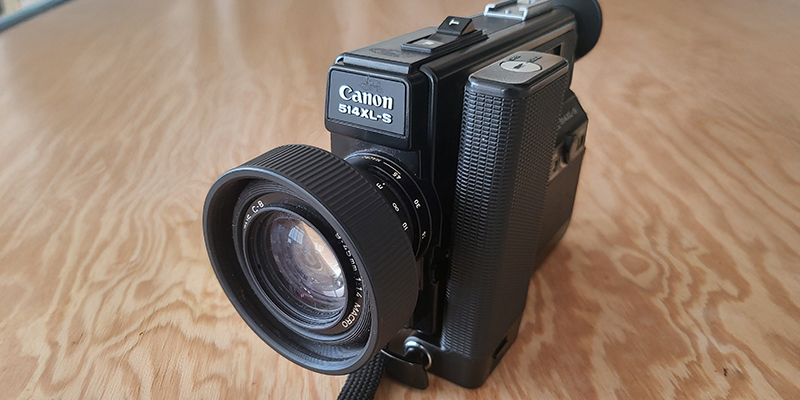
My goal wasn’t to mimic film or preserve the original shooting mechanics, but to explore how a piece of vintage hardware could be used as a housing for something new — without losing its identity.
The internal mechanism was stripped, but I kept the lens, trigger, and switches intact. For the digital core, I initially used a Raspberry Pi Zero 2W paired with the Camera Module 1. While that setup technically worked, it introduced a heavy crop factor — around 30%, which made the built-in viewfinder essentially useless. The image quality was also functional but uninspiring; it felt like what you’d expect from an older module.
Eventually, I upgraded to the Camera Module 3, which made a huge difference. The crop factor was reduced to maybe less than 3%, framing became intuitive again, and the image quality felt sharp and modern. The final result is a camera that can record up to 4K or 60fps video, while still wearing the shell of a 1970s Super 8.
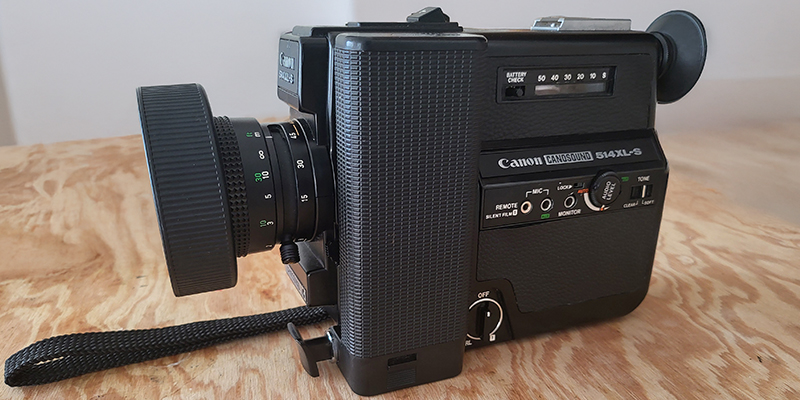
Making It Fit
Integrating the hardware was about balance — routing cables and securing boards without altering the external appearance. I mapped the original trigger to the Pi, tucked in a power system, and kept the original switches for tactile interaction. It’s not a plug-and-play project; it took time to make the digital internals feel native to the camera’s physical language.
Shooting with It
Shooting with this modded Super 8 is a bit surreal. You frame through a vintage housing, feel the physical click of the trigger, and end up with clean digital footage. It’s not meant to replace film or evoke nostalgia — it simply feels like a quiet experiment in repurposing.
You can see a trailer video here:
Here’s the product in action:
Closing Thoughts
This project came out of curiosity more than anything else — a way to explore old design through the lens of modern tools. The Super 8 camera still looks like it belongs to a different era, but now it works again — just in a different way.
Share this post:
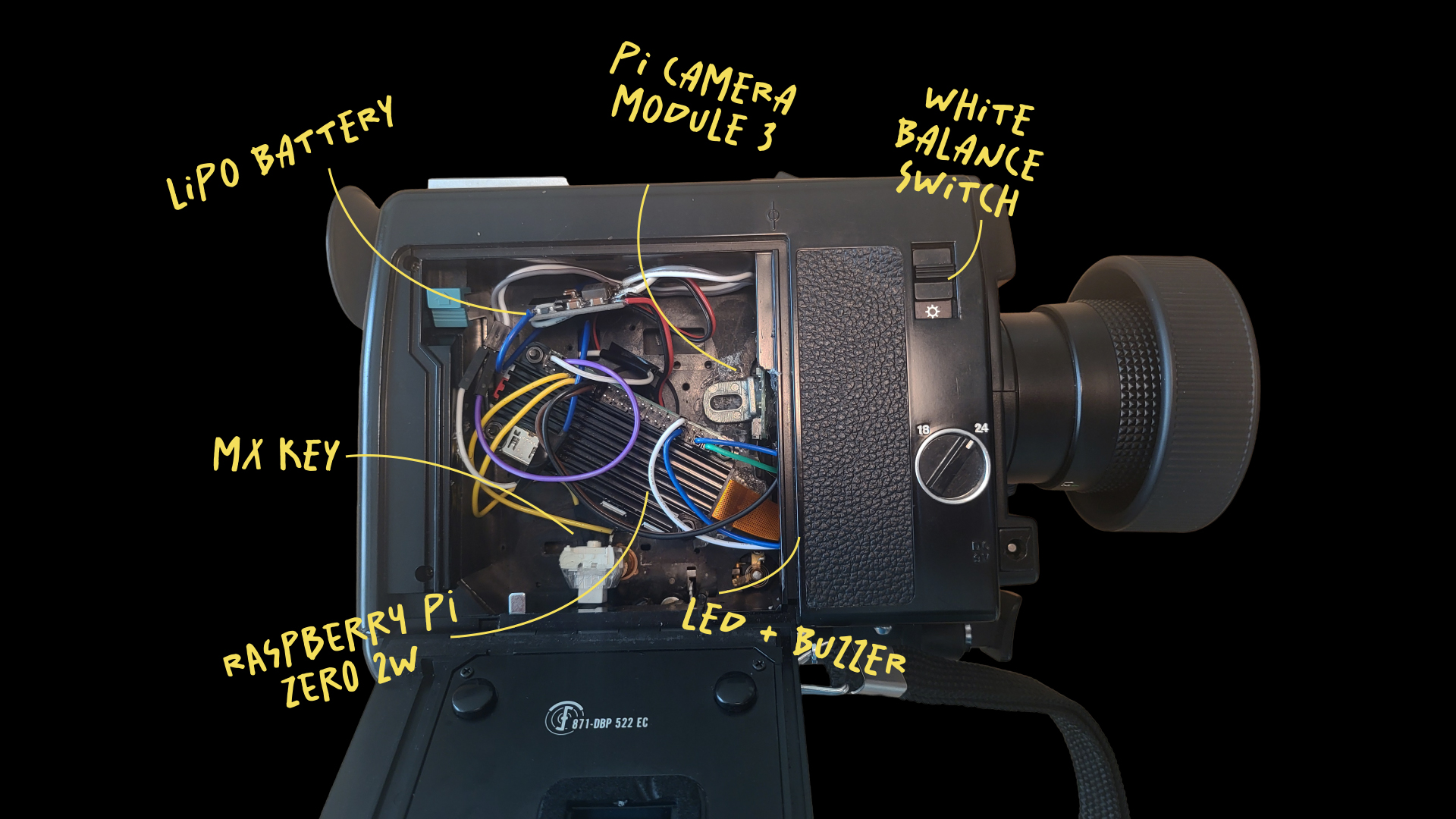
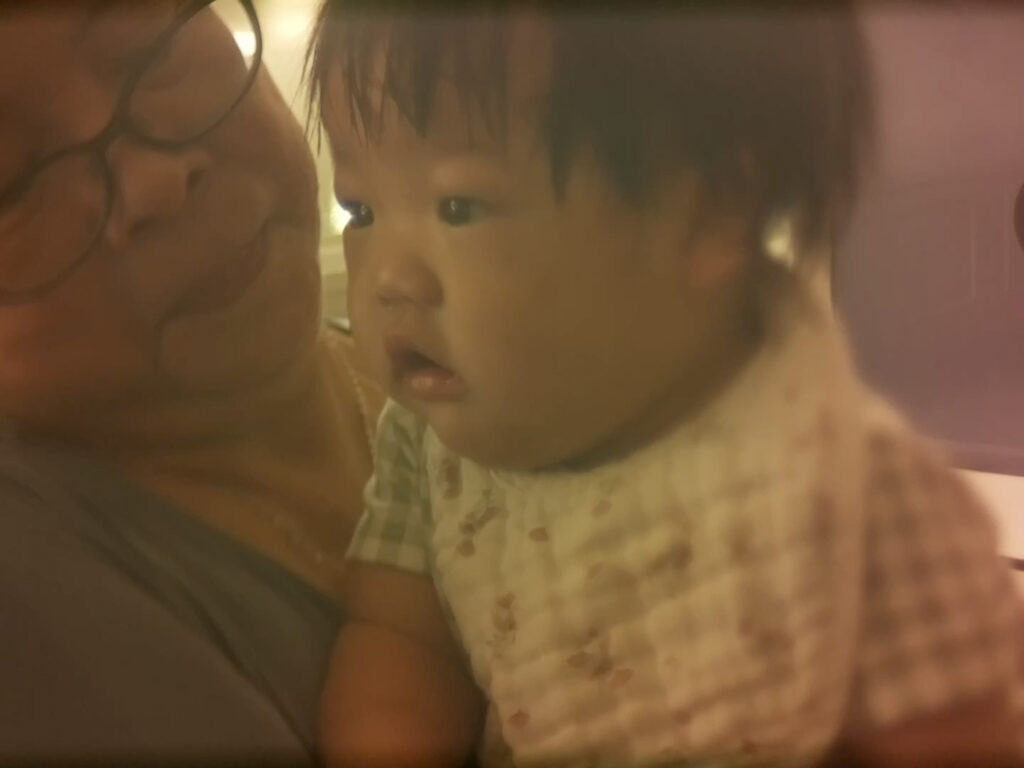
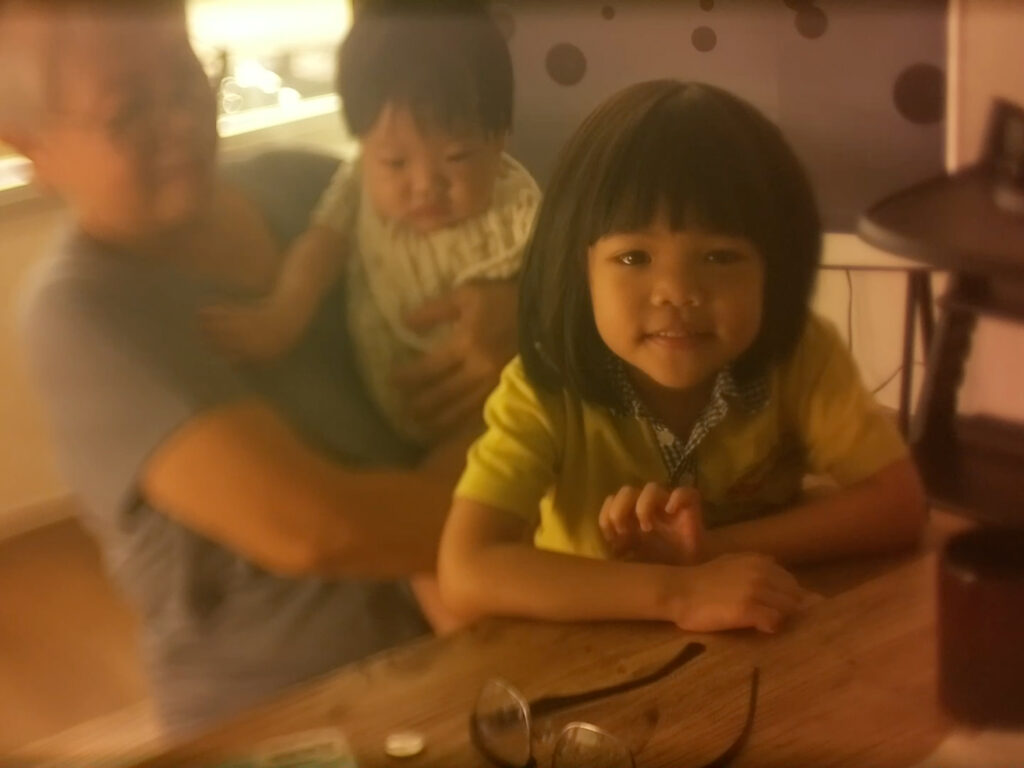
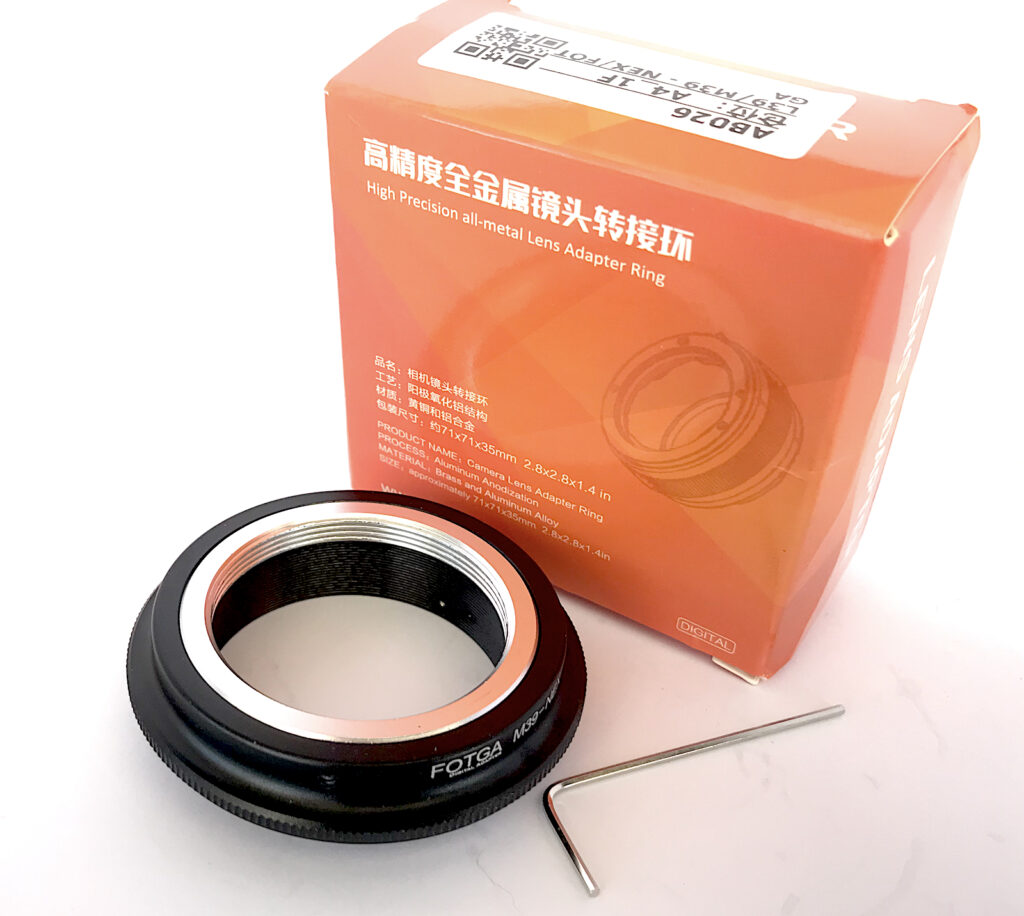
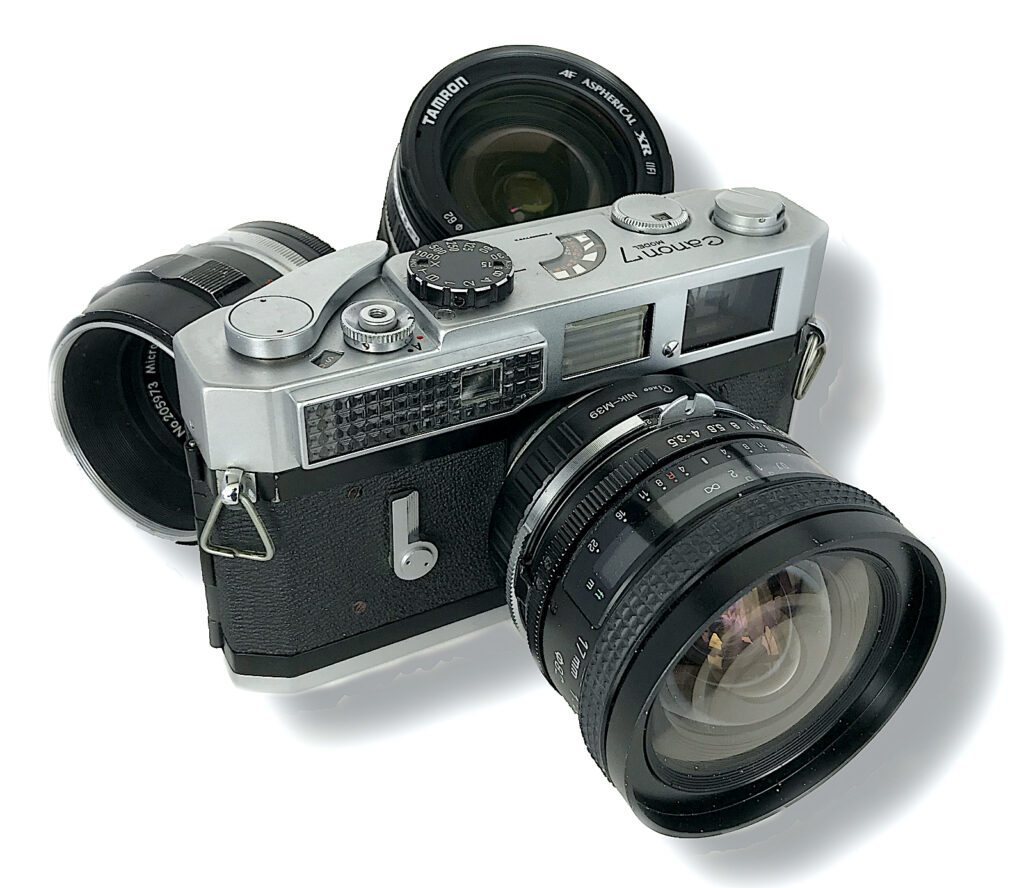
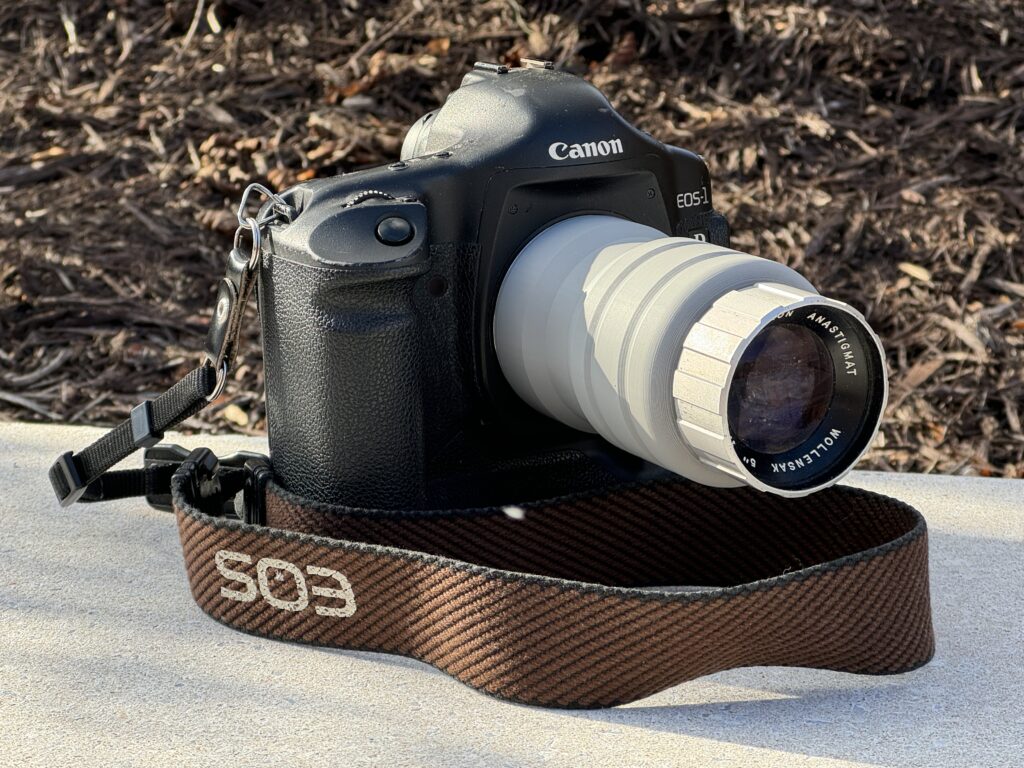
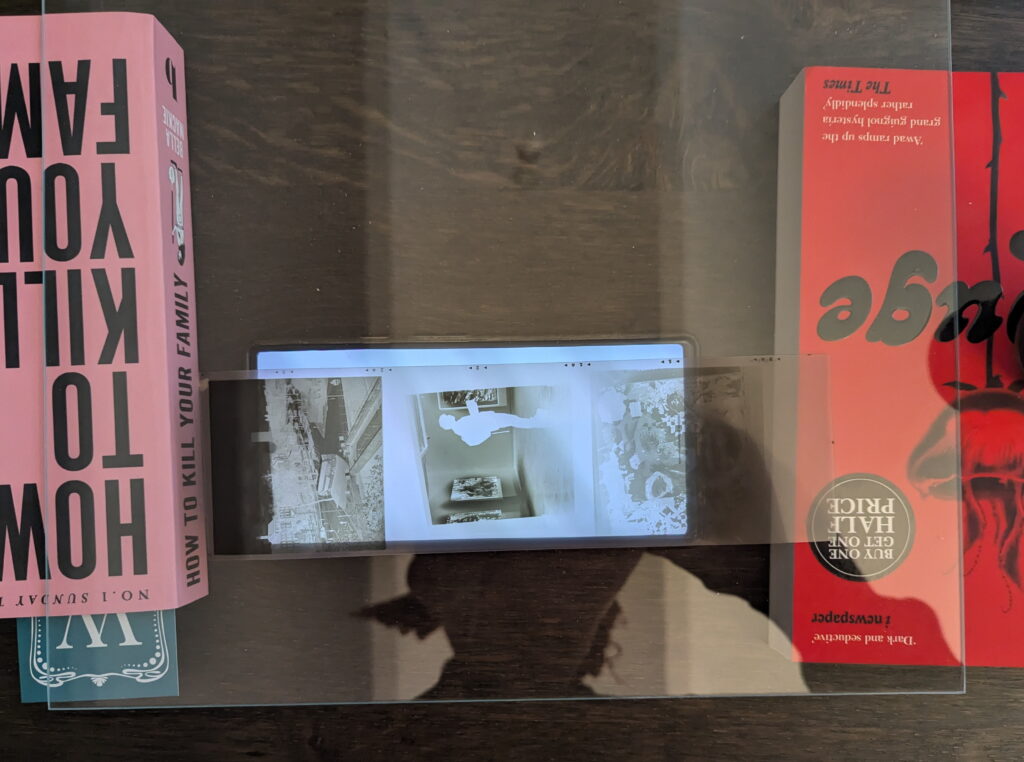

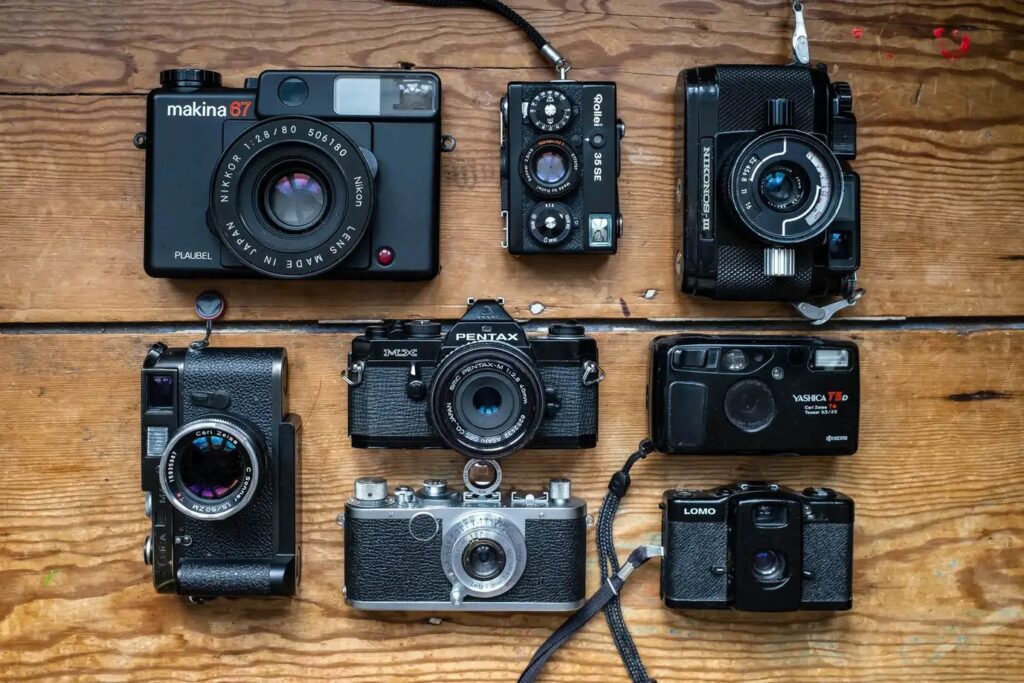
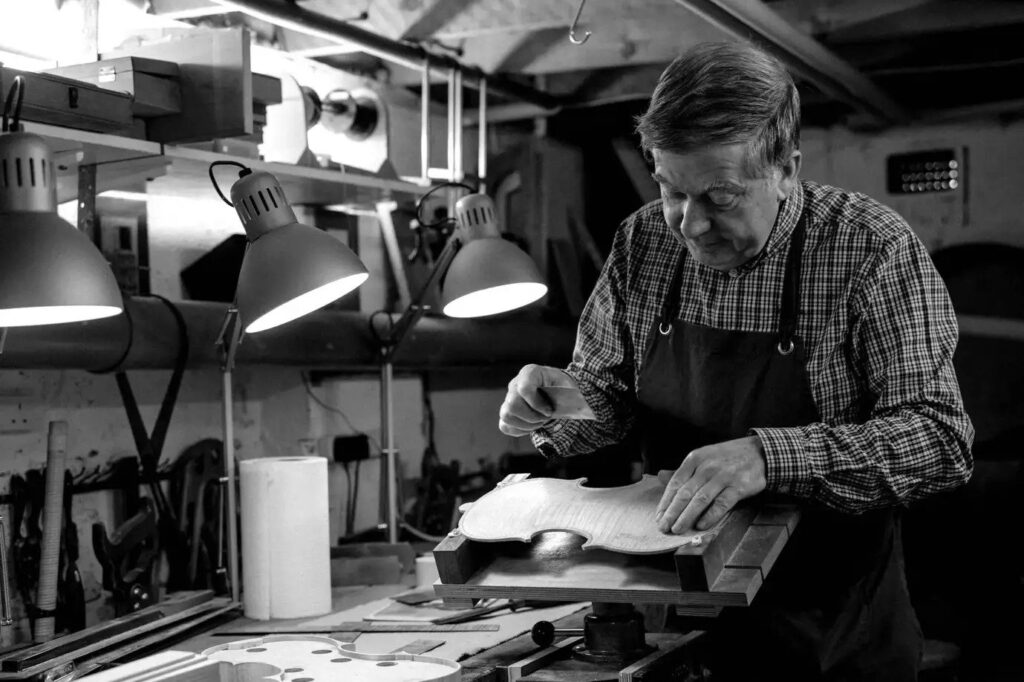
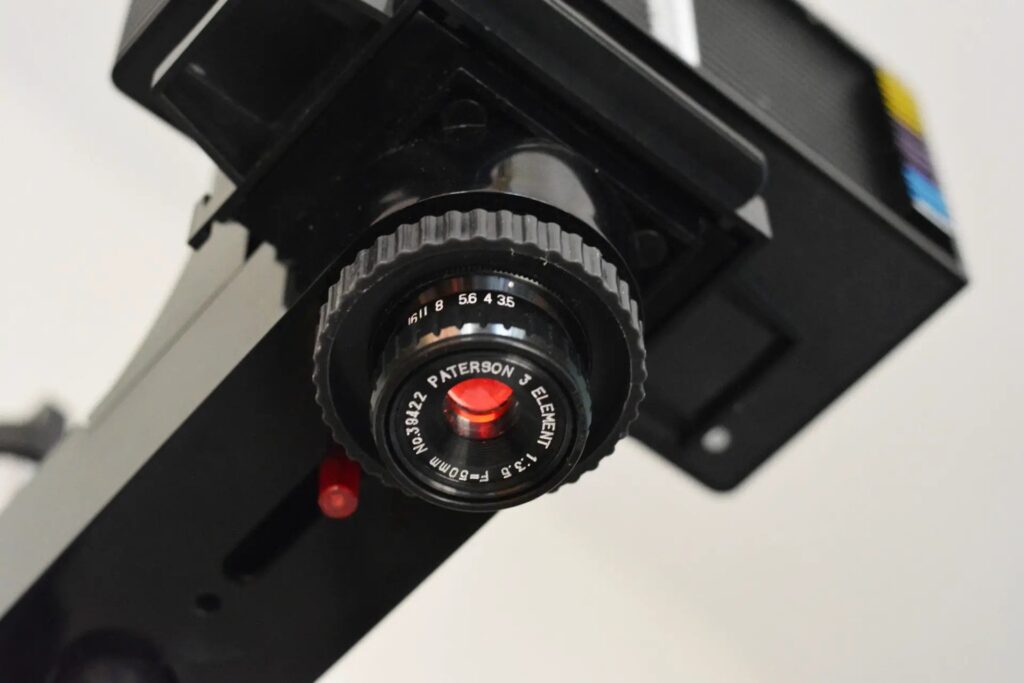
Comments
Karen McBride on Rebuilding a Canon Super 8 with Raspberry Pi
Comment posted: 17/06/2025
Matthew Bigwood on Rebuilding a Canon Super 8 with Raspberry Pi
Comment posted: 17/06/2025